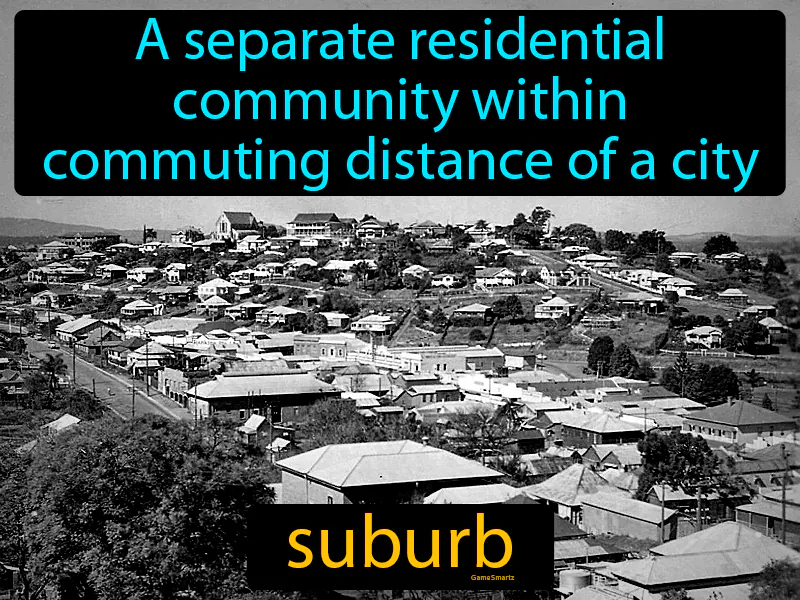Suburb
Suburb: Easy to understand
After World War II, many American families sought more spacious living conditions, leading to the creation of suburbs during the Postwar Boom from 1946-1960. This movement was fueled by the desire for affordable, family-friendly homes outside crowded city centers, with developments like Levittown becoming iconic. Suburbs offered a solution to housing shortages and provided a safe, pleasant environment for raising children. Today, suburbs still matter because they offer a balance between city access and a quieter lifestyle, often with better schools or parks. For example, many people living in suburban areas commute to city jobs, enjoying suburban tranquility while benefiting from urban opportunities.

Practice Version

Suburb: A residential community within commuting distance of a city. Suburb. Suburbs first became popular in the mid-20th century as families moved out of crowded city centers for more space.